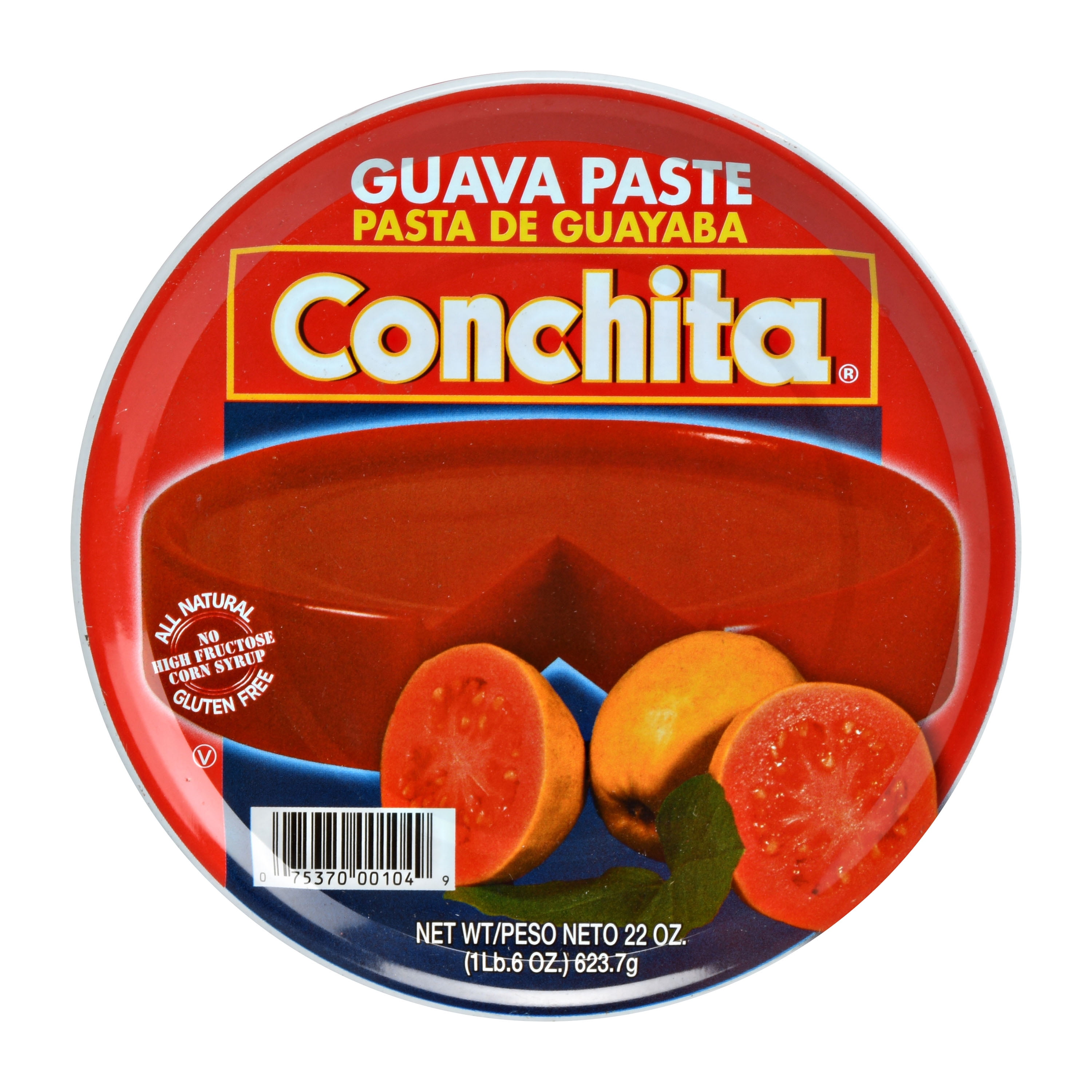

It’s about the size of a small avocado, or a plum. The fruit is green and almost completely round. Pineapple guava is famous for its delicious fruit and edible flowers, as well as ornamental purposes. It’s native to Brazil, Argentina, Colombia, Uruguay and Paraguay. What Does Pineapple Guava Taste Like?Īccra sellowiana -previously called Feijoa selliwiana- is pineapple guava. Guava’s taste is subjective, depending on whom you speak to, and what variety of the fruit they’ve had.īut the taste consensus of guava is that it is a delicious and nutritious fruit. Guava pulp is firm but soft enough to eat without cutting it up. Other people compare its texture to that of a pear. Some people think it tastes a little like papaya except the seeds. You can tell if a guava is ripe if it feels slightly soft and has a slightly strong aroma. It has an almost globally pleasant taste, with a unique flavour.Ī lot of people say it tastes like a cross between a pear and a strawberry. This article will cover what guava taste like and common questions related to its taste. It grows on the Psidium guajava tree which is a member of the myrtle family.

Guava paste skin#
Its skin colour ranges from yellow to light green, and its flesh is a white, vibrant pink, or deep red. Cut into squares and store in the refrigerator in an airtight container.Guava is a tropical fruit that’s commonly found in the Caribbean, South America, Mexico and Central America.Pouring into a baking paper lined tray and refrigerate to set.Let simmer for about an hour, stirring occasionally. Weigh the pulp and add it, and 3/4 of its weight in sugar and a tablespoon of lemon juice, to a heavy based saucepan.Take the pulp and push it through a sieve to get rid of the extremely hard pips.Line a sieve with a clean chux cloth and place over a bowl.Bring to the boil and reduce the heat so the mixture is still slightly bubbling for 20 minutes. Mash the guavas in a saucepan and cover with cold water.Sugar (will depend on weight of guava pulp – see method).If you’re lucky enough to have a local cheesemaker or decent cheesemonger, visit them (to name a few Sabato / Maison Vauron AK / Canterbury Cheesemongers (Ferrymead), Over the Moon (Putararu) OR Visit .nz for some great offers that will be delivered to your door.A grate of parmesan elevates any leafy salad or try some blue cheese on roast potatoes, try serving chunks of hard cheese with fruit cake this Xmas.Set out a variety of cheeses, with appropriate accompaniments – crackers, dried fruit, pastes, raw fruit like pears or nectarines, chutneys etc.This allows it to come to room temperature. Take cheese out of fridge 1 hour before you intend to eat it.The cube will absorb excess moisture, and prevent the cheese from sweating. Pop a small sugar cube inside your container. Once you’ve cut into a new cheese, keep it in a sealed Tupperware or cake box in the fridge.Wrap it in a semi-breathable wrapping, baking paper is ideal for most, foil for blue cheese.It’s best to keep cheese, of all varieties, in a dark, cool and airy space – the vegetable part of your fridge is ideal, as it is not too humid or cold.October is always NZ Cheese Month and that means breaking out and trying something new and supporting our wonderful local cheesemakers! Here’s some basic rules to get the most from your cheese.


 0 kommentar(er)
0 kommentar(er)
